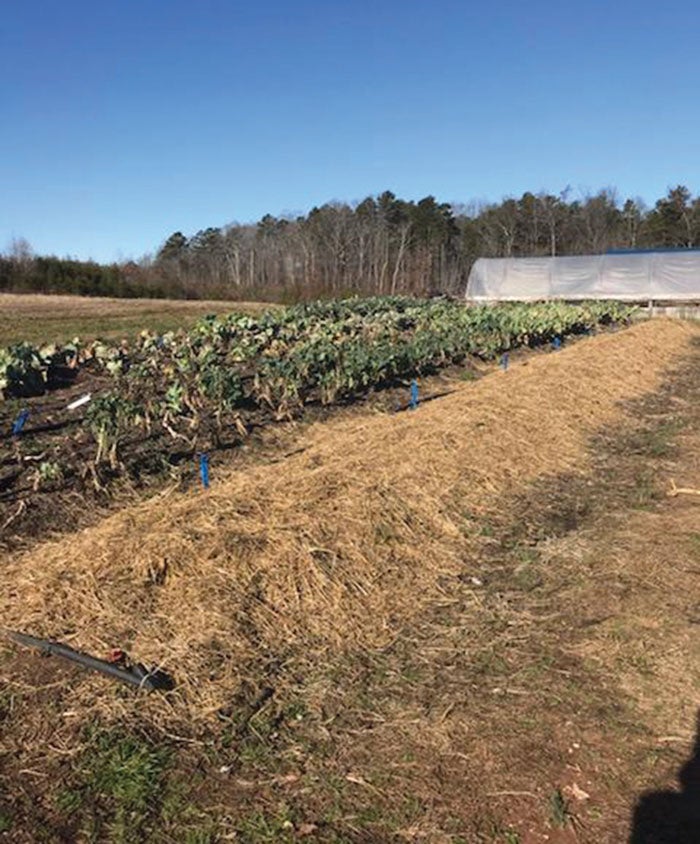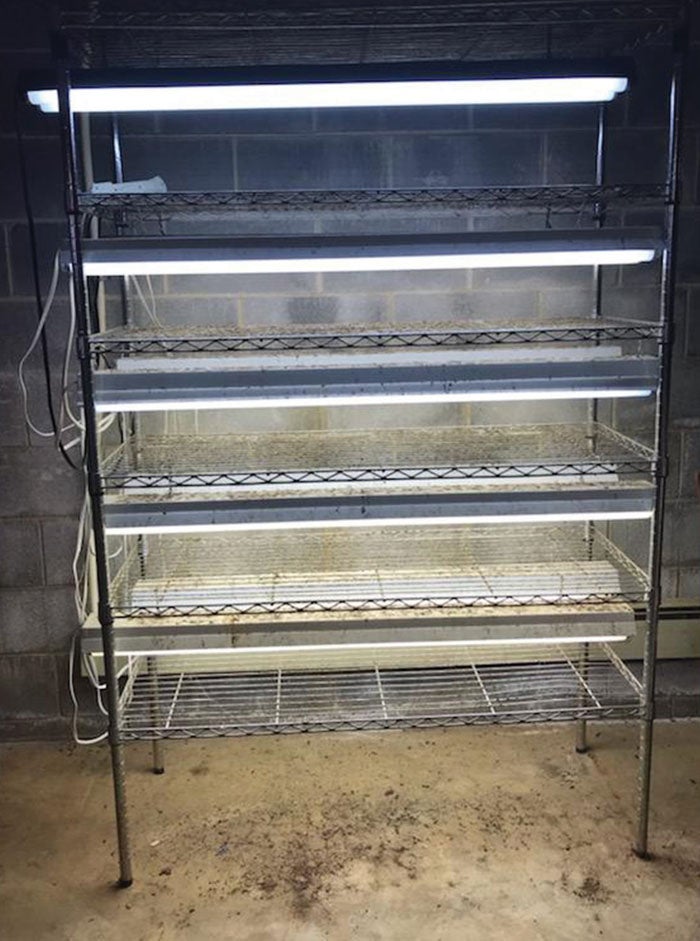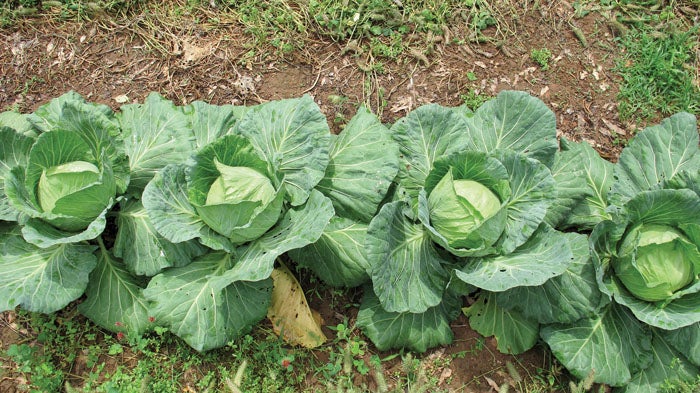Vegetable harvest by May? Tips to growing an early spring garden
Published 12:00 am Friday, January 3, 2020
By Michael O. Fine
Rowan Cooperative Extension
As a child, I recall my parents faithfully tending a summer garden on our farmstead in southern Davidson County. After the spring thaw loosened the waterlogged soil, a two-bottom plow would turn the half-acre garden, thus revealing the rich red clay beneath.
For our family, planting began after the danger of frost had passed. The staple crops consisted of pickling cucumbers, crooked neck squash, butter beans, okra, tomatoes and sweet corn.
As time passed, I sustained the fever to plant crops and watch my food grow and like many others, desired to see my growing season stretch into the “shoulder seasons.” Shoulder seasons is a term used to describe the months leading into and after the peak growing season in a given region.
These “shoulder seasons” are the months in which daytime temperatures and daylight hours can sustain cool-season plants, but the danger of a killing freeze is possible. In the Piedmont of North Carolina, these shoulder seasons include October and November in the fall, and February, March and early April in the spring. But to take advantage of theses potentially productive months, gardeners must be ready to employ frost protection for those critical periods when cold fronts move in. Here are a few of those strategies.
Cold Frame Propagation
Growers who wish to harvest cool season crops such as broccoli, cabbage, cauliflower and greens by early May will need to start seedlings in a temperature-controlled environment with adequate light. There is more than one way to accomplish this task. Some growers will set up a germination area inside their home (which is typically already heated) with artificial lights during the first eight weeks of propagation.
Maintaining soil temperatures at 75 degrees is critical for germination. Gardeners have even wired lighting into old refrigerators for a home-made “germination chamber.” Old refrigerators can hold the heat generated by grow lights and maintain adequate soil temperatures.
No matter how one goes about providing adequate heat and light for young starts, the key is consistency throughout the germination period.
Frost Protection in the Field
If a grower is trying to achieve that coveted early May harvest, young transplants will inevitably have to move into larger soil blocks or into the field before the danger of a killing freeze has passed. For an early May harvest, that means hearty transplants will be moved to their permanent growing spot by the first week of March.
Typically, March in the Piedmont of North Carolina provides growers with plenty of productive daylight hours, but it is almost certain that a killing freeze will swoop in before the month’s end.
To sustain young plants through freezing temperatures, gardeners can bury their plants in straw or stretch covers over their plants. If one is using a permeable fabric or blanket, it is typically not imperative to remove the covers once the morning sun emerges. For those who use plastic covers, remember to remove the plastic when the sunlight returns.
With intense sunlight, heat can build up quickly under plastic covers and burn plants. Frost protection in the field using covers or straw can keep plants alive even when temperatures drop into the low 20s.
Advantages to Season Extension
There are many advantages to stretching the boundaries for traditional planting dates. Decreased pest pressure is a key advantage for many organic growers. Pest sensitive crops like cabbage, broccoli and greens can be harvested before cabbage looper populations emerge and reach destructive levels.
Also, for those who garden with restricted space, using the “shoulders” of our growing season can allow for multiple crops. Simply plant your traditional summer crops in the space where your early cool season crops were harvested. As always, enjoy a new challenge and good luck with your 2020 gardening endeavors.







